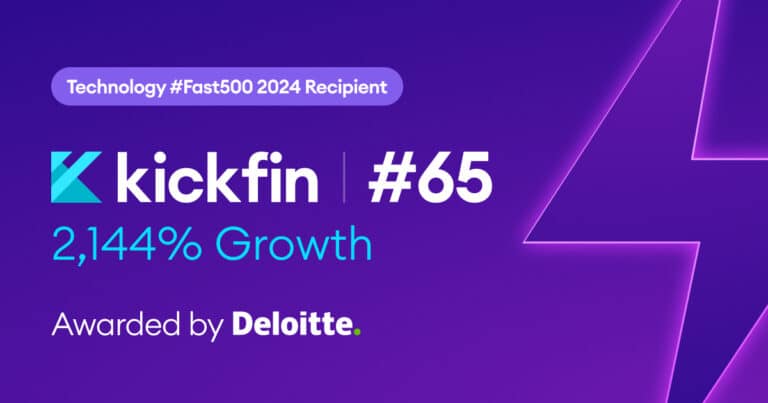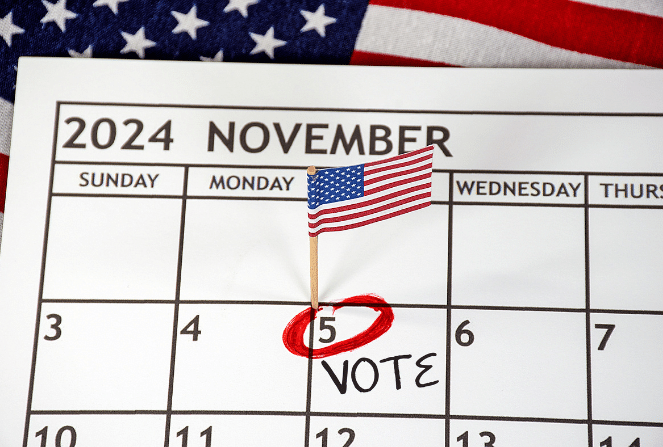The craft brewing industry is tight-knit, and the community relies on each other for best practices, vendor recommendations, and camaraderie—especially on social media. Thanks to groups like Craft Brew Professionals (CBP), brewery owners can connect to share successes, rant, or ask honest questions about how to better run their businesses.
CBP also opens the dialogue for suppliers, tech companies and other industry leaders to discuss important topics facing breweries. Kickfin co-founder Justin Roberts joined the Craft Brew Professionals Panel to get into all things tech—and why the craft brew industry is still quite analog. The panel included CBP Host Andrew Copolon, PK Agriwal of Beer30, Dan Hornbrook of BrewLogix, Ian Purcell of BarTrack, and Ian McHarg of Country Malt Group.
Brewery visitors are seeking new experiences and digital capabilities.
Much like other service-oriented businesses, brewery owners are noticing that customers want a lot more out of their visit than an extra-hoppy IPA. Dan’s work with BrewLogix gives him lots of insight into brewery customers’ expectations.
According to Dan, “People are looking for more than just products; they’re looking for experiences.” He went on to explain how his website, BreweryDB, helps beer consumers find the right brewery for every occasion. “If you’re searching for a date night with live music or you want to make sure they have a kid-friendly menu, you can look that up and use filters to take a dive deep into the breweries before visiting.”
Part of the brewery experience is also talking to knowledgeable bartenders. Believe it or not, tech can improve your bartenders’ performance and average check size. Justin noted, “One unique evolution that we’ve seen around digital tipping is that it’s finally putting valuable data in the hands of the operator to then empower staff. They’re all there to make money and have fun, but why not show those employees the true reward of giving great service through tip transparency?”
Andrew added, “One of my favorite metrics is tip percentage because if Dan’s behind the bar and he’s consistently getting tipped 16% but Justin’s getting 26%, Justin’s obviously engaging at a higher level.”
“Customers are looking for a higher pace of knowledge at a brewery compared to a craft beer bar, so how can breweries leverage that?” asked Andrew. “It’s about educating staff on the product so they can talk about it more effectively. In the end, hopefully they’re getting more tips and ringing in more beers. Technology really can give staff a bigger arsenal to get more tips and add more money to their pockets.”
Customers are mainly paying with cards or digitally these days and will soon expect digital capabilities with nearly every service experience, including at breweries. CBP’s Andrew Copolan asked Justin if he expects cash to be phased out in the near future.
“There will always be people that literally want to remain unbanked and pay in cash,” said Justin. “However, more people are on Zelle than ever before, and most younger people are paying digitally. People aren’t even writing checks to pay their bills anymore. As we inch toward over 98% of transactions being cashless in the next five years, I would assume that basically everything would be digital.“
Breweries are behind the learning curve.
Beer is one of the oldest industries in the world. For centuries, brewers have been refining their crafts and inventing new processes and types of beer. In such an old-world industry, it may not be surprising that technological innovation is lacking.
“I noticed when I went to breweries that used popular software systems, they would still have a binder full of paper logs, whiteboards, and spreadsheets,” said PK. “I quickly realized that there wasn’t an industry standard when it came to brewery data tracking.”
Dan agreed, “People are still shaking kegs to find out what’s inside of them, which is pretty wild that that’s still the standard practice to know how much beer is left in a keg. We have a great product that helps solve that and saw the opportunity to get some real-time data to people’s hands.”
To drive home the point, Ian from CMG added, “People put bulk malt into silos, and to check the levels, they knock on the silo with a rock or a stick. We thought, why not put automatic sensors in there to tell us when it’s time to place a new order. Or, what if we created an app where customers get prompted to order the same product they ordered last year. Again, we just want to make people’s lives easier.”
Customer feedback is a goldmine.
The panelists all shared their appreciation for customer feedback and how it shapes their business decisions. PK said, “I always tell our clients not to worry about hurting my feelings, I need to know what they hate the most about what we’re doing because that feedback is actually gold to us. It allows us to grow as a company and identify where we can improve ourselves.”
Feedback also empowers them to take a closer look at which services and features really wow their customers so they can improve even further. Dan explained, “It’s really cool to have those moments of realignment and choose to put more time and effort into building out a feature that customers really want. As leaders of our organizations, we have to be humble enough to do things not because we think it’s right but because it’s what the customer wants. It’s not easy, but ultimately, that will guide you in the right direction.”
Of course, tech-minded companies are using social media to get real, honest feedback from their consumers, which they can turn into improved products and features. “Thanks to groups like CBP, everybody can be very vocal about what’s causing them headaches,” said Ian (CMG). “Social media, for all of its challenges, has offered a platform where we can hear what the most people need and why, and that allows folks like us to try and meet those needs. It’s fantastic just to follow the pulse of the industry based on people’s comments, questions, and sometimes even rants in CBP because you learn so much.”
Measuring success.
What does success look like for brewery-tech companies? For most of the panelists, success is becoming a real partner with their customers and providing valuable data. As Andrew put it, “You’re there to be an engaged partner, holding their hand through it. You don’t want to just dump a bunch of data on them; you want to teach them to use that data and really help implement data-informed decision making.”
Dan also hoped for data to drive growth, adding, “Our goal is to deliver data in a way that helps make a business decision that will help them grow. We want it to be data customers can trust, and data that they can use to better prepare staff. Really, we want to empower them to grow their business, so if we see our partners growing, then we’re doing our job right.”
For Justin, success comes in many forms. Not only does he aim to quickly convince operators of Kickfin’s value, he also hopes to better the lives of the tipped employees. “We are always focused on a 24-hour ROI,” he said. “If we can’t show that digitizing the cash tip-out process is going to save you time, money, and a whole bunch of accounting nightmares within 24 hours, then we’ve lost our seat at the table … Kickfin offers employees a way to live more financially-sound lives by sending that digital money to their bank of choice as soon as their shifts end.”
We were honored to connect with other service-industry leaders who want to help breweries harness the power of tech and data to ultimately strengthen their businesses. To watch the full conversation, click here.




